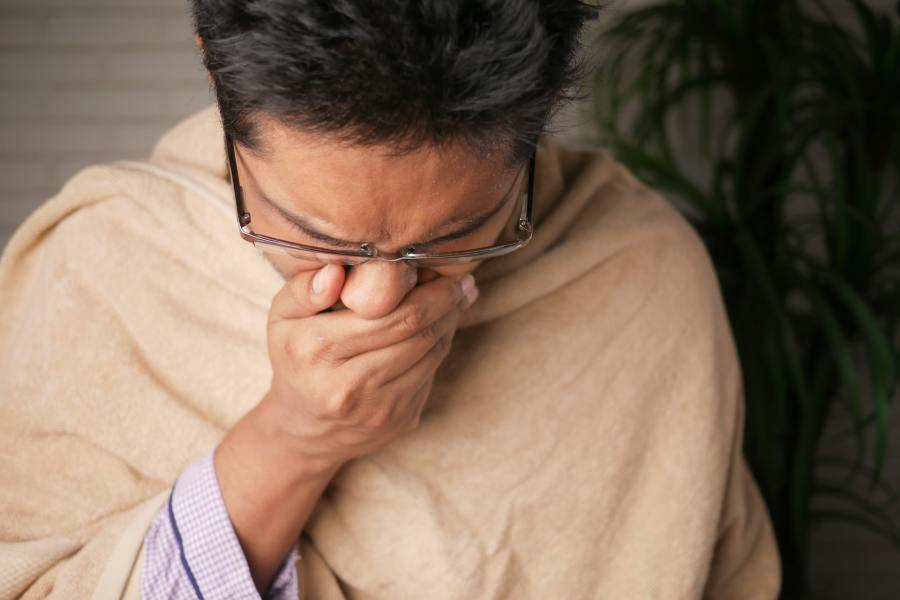Isolation requirements for people who test positive for COVID-19 have now been lifted across Australia. With no statutory obligation in place for employees to self-isolate, how can employers manage their workplace health and safety obligations and keep their workforces safe?
Returning to normal after COVID-19?
On 30 September 2022, following a meeting of National Cabinet, Prime Minister Anthony Albanese announced that all states and territories will end their respective COVID-19 isolation requirements effective from 14 October 2022.
The Pandemic Leave Disaster Payment, for people who cannot earn income due to being infected with COVID-19 or having to self-isolate, will also end on 14 October 2022 with the exception of people who work in aged care, disability care, Aboriginal health care and hospital care. Individuals may still be able to claim the support payment if their isolation or caring period began on or before 14 October 2022.
The announcement came one month after National Cabinet's decision on 31 August 2022 to reduce the COVID-19 isolation period from seven to five days.
What does this mean for employers?
Chief Medical Officer, Professor Paul Kelly has strongly encouraged people who test positive for COVID-19 to stay at home, and in particular to avoid high-risk settings. However, there will be no statutory obligation to isolate. Unless employers have a policy or some other requirement in place, employees who test positive to COVID-19 are no longer required to stay at home and are free to attend their workplaces.
Employees will still need to follow relevant work health and safety laws which, among other things, require them to take reasonable care for the health and safety of others who may be affected by their acts at the workplace. For example, employees who test positive to COVID-19 may need to notify their colleagues of their intention to attend the workplace, so that anyone who may come into contact with the employee can take the necessary steps to protect themselves from exposure.
Employees will also need to comply with their employer's relevant work health and safety policies. Such policies may impose obligations on employees to ensure they do not put the health and safety of other people at risk. This may extend to an employee who has COVID-19 needing to stay away from work, particularly while they are symptomatic and more likely to be infectious and pose a risk to others.
Professor Kelly has broadly stated that for employers, COVID-19 should be treated in the same way as other infectious diseases from a work health and safety perspective.
Generally, workplace health and safety laws in Australia are directed at eliminating and mitigating risks to health and safety and require employers to be proactive in their approach. Employers have an obligation to provide a workplace that is, so far as reasonably practicable, free of risk to health and safety.
Employers will need to proactively identify the risks associated with people who have COVID-19 attending the workplace ─ namely, the risk of exposing to the virus and infecting other staff, clients, customers and visitors ─ and take steps to eliminate these risks prior to them eventuating.
Can an employer tell an employee who has COVID-19 not to come into work?
This will likely depend on the nature of the employee's role and the specific work environment.
In many circumstances, it may be lawful and reasonable for an employer to direct an employee with COVID-19 to stay at home, especially while symptomatic, or to obtain medical clearance before returning to work, if it is necessary to protect the health and safety of other employees. This may be particularly relevant in workplaces where employees work indoors and in close proximity.
Risks for employers and how to address them
An employee who can prove that they contracted COVID-19 at work may have a claim in workers' compensation against the employer if the employer's failure to take reasonable precautions to protect the employee either directly caused or substantially contributed to that employee testing positive.
This is an opportune time for employers to review their work health and safety policies to ensure that the responsibilities of both the organisation and its employees are clearly stipulated, to mitigate risk and uncertainty.
For more information on how this may impact your organisation, or for assistance with updating policies or understanding your work health and safety obligations, please contact a member of our Workplace Relations & Safety team.
Photo by Towfiqu Barbhuiya on Unsplash.
All information on this site is of a general nature only and is not intended to be relied upon as, nor to be a substitute for, specific legal professional advice. No responsibility for the loss occasioned to any person acting on or refraining from action as a result of any material published can be accepted. Lander & Rogers is furthermore committed to providing legal advice and content that is factual, true, practical and understandable. Learn more about our editorial policy.
 Client portal
Client portal












